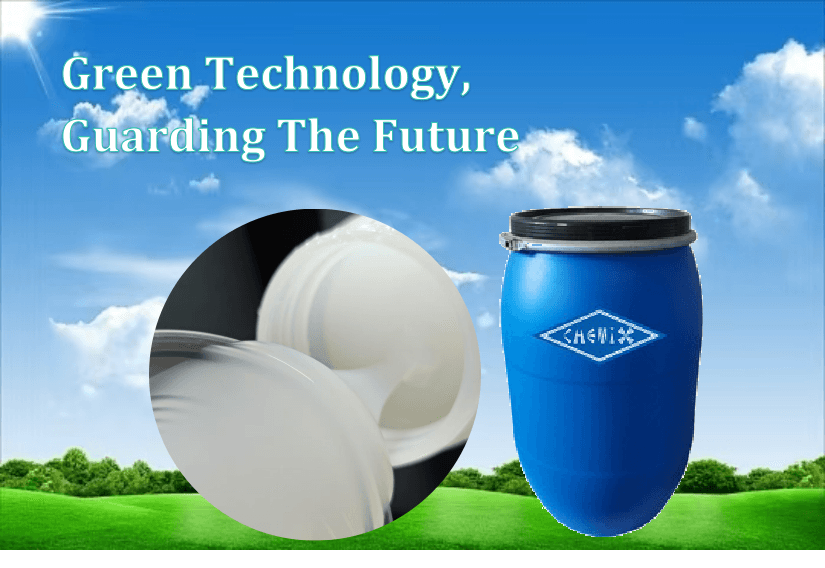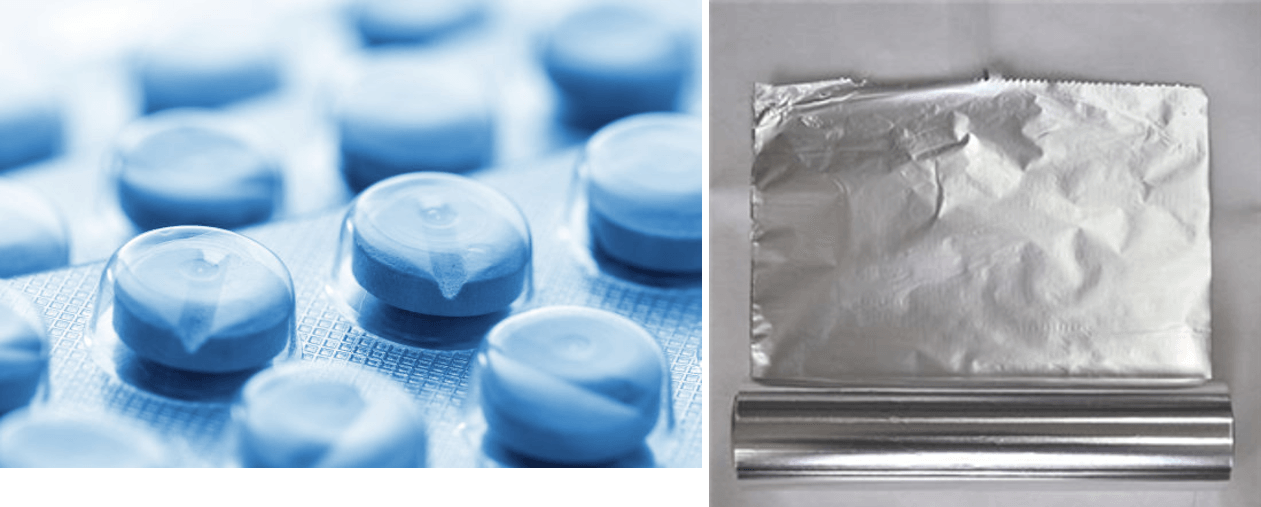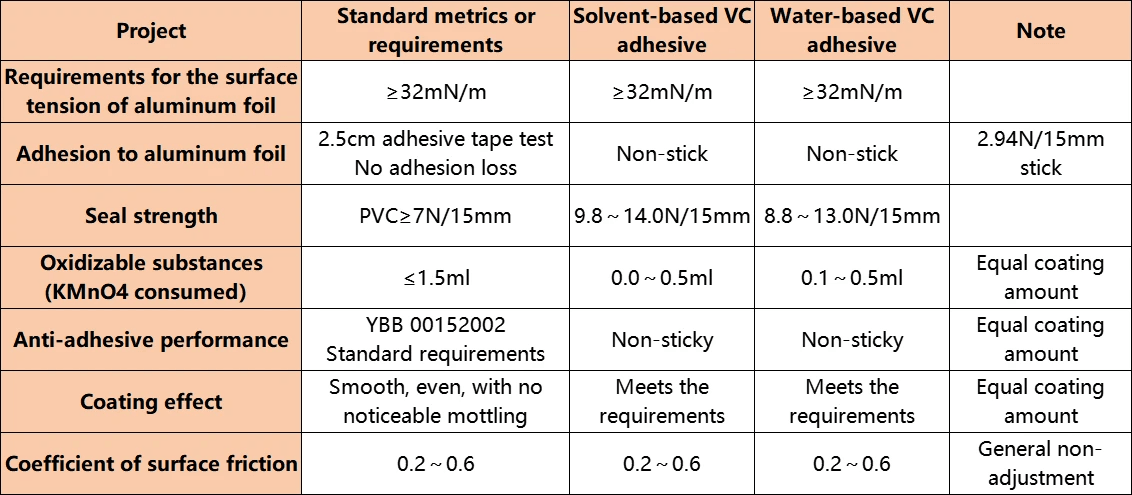Introduction

In the world of packaging, industrial laminating solutions play a pivotal role in ensuring products are protected, appealing, and safe for consumption. These solutions encompass a variety of methods and materials, with adhesives standing out as critical components that bind layers together to enhance durability and functionality. As consumer demands for quality and safety rise, understanding the nuances of these adhesives becomes essential, particularly when it comes to Food-Safe Adhesive* options.
Understanding Industrial Laminating Solutions
Industrial laminating solutions involve the application of adhesive layers between different materials to create a composite structure that meets specific performance criteria. This process is integral in various industries, especially food packaging, where maintaining product integrity is paramount. By utilizing diverse adhesive technologies like Hot Melt glue or water-based options, manufacturers can tailor their products to meet unique requirements while optimizing efficiency.
Importance of Adhesives in Packaging
Adhesives serve as the unsung heroes in the packaging world; they provide strength and stability while ensuring that materials perform optimally throughout their lifecycle. Without reliable lamination adhesives for flexible packaging, products would be vulnerable to moisture, contamination, and physical damage—leading to compromised quality and safety concerns. The choice of adhesive not only affects performance but also influences consumer perception; hence selecting high-quality Food Grade Adhesives is crucial for maintaining brand reputation.
Overview of Food-Safe Adhesives
When it comes to food packaging, Food-Safe Adhesive options must comply with stringent regulations designed to protect consumers from harmful substances leaching into their food products. These adhesives are formulated specifically for safety without sacrificing performance or efficiency in production processes. By leveraging advancements in adhesive technology, manufacturers can ensure that their packaging not only meets compliance standards but also enhances product shelf life and overall appeal through innovative designs using lamination adhesives for flexible packaging.
Types of Industrial Laminating Adhesives

In the world of industrial laminating solutions, choosing the right adhesive is crucial for achieving optimal results. Various types of adhesives are available, each with its own unique properties and applications. Understanding these options can significantly enhance product performance, especially in sectors like food packaging where safety and compliance are paramount.
Exploring Hot Melt Glue Applications
Hot melt glue has carved out a significant niche in industrial laminating solutions due to its versatility and quick bonding capabilities. This type of adhesive is applied in a molten state, allowing it to bond materials almost instantly as it cools and solidifies. Commonly used in lamination adhesives for flexible packaging, hot melt glue excels when speed and efficiency are essential—think high-volume production lines where time is money.
Moreover, hot melt glue offers excellent adhesion across various substrates, making it a go-to choice for manufacturers looking to streamline their processes. Its ability to withstand temperature fluctuations without losing grip makes it ideal for products that may be exposed to varying conditions during transportation or storage. However, while hot melt glue is effective, it's important to consider its suitability concerning food-safe adhesive requirements when used in packaging applications.
Advantages of Water-based Adhesives
Water-based adhesives have gained popularity in industrial laminating solutions due to their eco-friendliness and user-friendly application methods. Unlike solvent-based alternatives, water-based adhesives contain fewer volatile organic compounds (VOCs), making them safer for both workers and the environment. This characteristic also aligns well with the growing demand for sustainable practices within industries focused on reducing their ecological footprint.
In addition to being environmentally friendly, water-based adhesives offer exceptional bonding strength while maintaining flexibility—an essential feature for lamination adhesives used in flexible packaging. They also dry quickly without compromising adhesion quality, allowing manufacturers to maintain high production speeds without sacrificing safety or performance standards associated with food-grade adhesives. Furthermore, these adhesives often exhibit better resistance against moisture and heat compared to traditional options.
Key Features of Food Grade Adhesives
When dealing with food-safe adhesive applications, several key features must be considered to ensure compliance with health regulations and consumer safety standards. Food grade adhesives are specifically formulated not only for optimal bonding but also for safety; they should be non-toxic and free from harmful substances that could leach into food products during storage or transportation.
Additionally, these adhesives must undergo rigorous testing to meet industry-specific guidelines set by organizations like the FDA or EFSA (European Food Safety Authority). Durability is another critical aspect; food grade adhesives should provide long-lasting bonds that can withstand various environmental factors such as humidity or temperature changes without degrading over time. By understanding these key features of food-grade adhesives, manufacturers can make informed choices that align with both regulatory requirements and customer expectations.
Chemix's Water-based VC Composite Adhesive

In the world of industrial laminating solutions, Chemix's water-based VC composite adhesive stands out as a game changer. This innovative adhesive not only meets the rigorous demands of flexible packaging but also prioritizes safety and environmental considerations. With its unique formulation, it provides an effective bonding solution while ensuring compliance with food safety regulations.
Environmental Benefits of VC Composite Adhesive
One of the most compelling aspects of Chemix's VC composite adhesive is its commitment to sustainability. Unlike traditional Hot Melt glue options that may contain harmful solvents, this water-based adhesive minimizes volatile organic compounds (VOCs), making it a safer choice for both users and the environment. By opting for Food Grade Adhesives like Chemix’s, companies can significantly reduce their ecological footprint while maintaining high-performance standards in lamination adhesives for flexible packaging.
Moreover, the use of environmentally friendly materials in the manufacturing process further enhances its appeal. The VC composite adhesive is designed to decompose naturally over time, reducing waste and promoting a circular economy in packaging solutions. Thus, businesses can confidently choose this product knowing they are contributing positively to environmental conservation.
Energy Efficiency in Adhesive Application
Energy efficiency is another critical advantage offered by Chemix's water-based VC composite adhesive. Its application process requires lower temperatures compared to traditional Hot Melt glue systems, which translates into significant energy savings during production runs. This not only reduces operational costs but also aligns with modern sustainability goals within industrial laminating solutions.
Additionally, the rapid curing time associated with this adhesive means faster production cycles and less downtime for manufacturers. As a result, companies can enhance their productivity while using fewer resources—a win-win scenario that showcases how innovative lamination adhesives for flexible packaging can drive efficiency without sacrificing quality or performance.
Safety and Handling of Water-based Adhesives
When it comes to safety and handling, Chemix’s water-based VC composite adhesive shines brightly among its peers in industrial laminating solutions. This Food-Safe Adhesive is formulated without toxic chemicals or hazardous substances typically found in other adhesives, ensuring a safer working environment for employees involved in packaging processes. The non-toxic nature of this product means that businesses can confidently use it without worrying about adverse health effects.
Furthermore, handling water-based adhesives like Chemix’s requires minimal special precautions compared to more hazardous Hot Melt glue alternatives—making it easier for staff training and compliance with safety regulations. The user-friendly application process allows operators to focus on efficiency rather than navigating complex safety protocols.
In summary, selecting Chemix’s water-based VC composite adhesive not only boosts operational effectiveness but also promotes an eco-conscious approach to industrial laminating solutions—proving that you don’t have to compromise on quality when aiming for sustainability.
Lamination Adhesives for Flexible Packaging

In the world of industrial laminating solutions, lamination adhesives for flexible packaging play a crucial role in ensuring food safety and compliance. These adhesives are specifically designed to meet stringent regulations governing food contact materials, making them essential in the packaging industry. By using Food-Safe Adhesive formulations, manufacturers can confidently deliver products that not only protect food but also adhere to all necessary safety standards.
Role in Food Safety and Compliance
Food safety is paramount in the packaging industry, and lamination adhesives are at the forefront of this effort. Utilizing high-quality Food Grade Adhesives ensures that no harmful substances leach into food products, thus safeguarding consumer health. Moreover, compliance with regulations such as FDA guidelines is critical; industrial laminating solutions must be carefully selected to maintain these standards throughout the supply chain.
Enhancing Product Shelf Life
One of the standout features of lamination adhesives for flexible packaging is their ability to enhance product shelf life significantly. By creating a barrier against moisture and oxygen, these adhesives help preserve freshness and flavor while extending the longevity of perishable goods. This aspect not only benefits consumers by providing higher quality products but also supports manufacturers by reducing waste and increasing profitability.
Innovations in Flexible Packaging Solutions
The landscape of industrial laminating solutions is continually evolving with innovations aimed at improving flexibility and sustainability. Recent advancements include the development of eco-friendly Hot Melt glue options that maintain performance without compromising environmental integrity. Additionally, new formulations of Food-Safe Adhesive are being engineered to offer enhanced adhesion properties while remaining compliant with ever-tightening regulations on food safety.
Choosing the Right Adhesive for Your Needs

Selecting the right adhesive for your industrial laminating solutions requires careful consideration of various factors that can influence performance, safety, and compliance. With a plethora of options available, including Hot Melt glue and Food Grade Adhesives, it's essential to identify what best suits your specific application. This decision-making process not only affects the quality of your packaging but also impacts food safety and brand reputation.
Factors to Consider in Selection
When choosing an adhesive, consider factors such as application method, curing time, and environmental conditions where the product will be used. For instance, if you’re working with lamination adhesives for flexible packaging, you might prioritize adhesives that offer quick bonding times without compromising adhesion strength. Additionally, ensure that any Food-Safe Adhesive selected complies with relevant regulations to guarantee consumer safety.
Another crucial aspect is the intended use of the packaged product; certain applications may require more robust adhesion properties or resistance to moisture or heat. If you're opting for Hot Melt glue, evaluate its performance under varying temperatures and humidity levels to ensure it meets your operational needs. Ultimately, understanding these selection factors will streamline your adhesive choice process while enhancing overall packaging effectiveness.
Compatibility with Packaging Materials
Compatibility between the adhesive and packaging materials is a vital consideration in industrial laminating solutions. Different substrates—such as plastics, paperboard, or films—may react differently with various types of adhesives like water-based or solvent-based options. Ensuring that your chosen Food Grade Adhesives bond effectively with these materials is essential for maintaining package integrity throughout its lifecycle.
For example, when using lamination adhesives for flexible packaging made from polyethylene films, specific formulations may be required to achieve optimal adhesion without compromising flexibility or durability. Testing compatibility through preliminary trials can save time and resources by identifying potential issues before full-scale production begins. Remember that achieving a strong bond not only enhances product shelf life but also ensures compliance with food safety standards.
Cost vs. Performance Analysis
Conducting a cost vs. performance analysis is critical when selecting an adhesive for industrial laminating solutions; striking a balance between budget constraints and quality requirements can be challenging yet rewarding. While some may lean toward cheaper options like basic Hot Melt glue due to immediate cost savings, it’s important to consider long-term implications such as durability and potential rework costs associated with lower-quality products. Investing in high-performance Food Grade Adhesives may yield better results over time by reducing waste and enhancing consumer trust.
Moreover, evaluating total cost of ownership—including application efficiency and energy consumption—is essential when comparing different types of lamination adhesives for flexible packaging solutions. A seemingly higher upfront expense could translate into significant savings through improved operational efficiency or reduced spoilage rates in food products due to better sealing properties offered by premium adhesives. Thus, understanding both short-term costs and long-term benefits will guide you toward making informed decisions tailored to your unique needs.
Future Trends in Industrial Laminating Solutions

As we look ahead, the landscape of industrial laminating solutions is evolving rapidly, driven by innovations and changing consumer demands. The focus on enhanced performance and sustainability is reshaping how businesses approach packaging, particularly in sectors that rely on Food-Safe Adhesives. The integration of advanced technologies is set to redefine the standards for lamination adhesives for flexible packaging, ensuring they meet both functional and regulatory requirements.
Technological Advancements in Adhesives
Technological advancements are revolutionizing the adhesive industry, creating more efficient and effective products for industrial laminating solutions. For instance, the development of high-performance Hot Melt glue formulations offers improved bonding strength while reducing application times. Additionally, innovations such as smart adhesives that change properties based on environmental conditions are gaining traction, enhancing their usability across various applications.
These new adhesive technologies not only improve performance but also contribute to cost savings in production processes. Enhanced formulations can lead to reduced waste and lower energy consumption during application—key factors that manufacturers consider when choosing Food Grade Adhesives. As companies strive for greater efficiency and effectiveness in their operations, these technological advancements will play a crucial role in shaping future trends.
Sustainability and Eco-friendly Options
Sustainability is no longer just a buzzword; it’s a necessity driving change across industries, including those focused on industrial laminating solutions. There’s an increasing demand for eco-friendly options that minimize environmental impact while maintaining high performance levels—particularly for lamination adhesives used in flexible packaging. Water-based adhesives are becoming increasingly popular due to their lower volatile organic compound (VOC) emissions compared to traditional solvent-based options.
Furthermore, manufacturers are exploring bio-based adhesives derived from renewable resources as viable alternatives to conventional products like Hot Melt glue. These eco-friendly options not only appeal to environmentally conscious consumers but also help companies comply with stringent regulations regarding sustainability practices. As businesses prioritize green initiatives, the push towards sustainable adhesive solutions will undoubtedly shape the future landscape of packaging materials.
Evolving Regulations and Compliance Standards
The regulatory environment surrounding food safety continues to evolve as governments respond to consumer concerns about health and safety in packaging materials. This shift necessitates that manufacturers stay informed about changes affecting Food-Safe Adhesive standards and compliance requirements related to lamination adhesives for flexible packaging. Companies must ensure that their products not only meet current regulations but also anticipate future shifts towards stricter guidelines.
In this context, businesses need robust quality assurance processes to guarantee compliance with food safety regulations while utilizing innovative adhesive technologies effectively. Adapting quickly will be essential as evolving regulations may impact everything from material sourcing to end-product testing procedures within industrial laminating solutions systems. Staying ahead of these trends ensures manufacturers can maintain competitive advantages while safeguarding consumer trust through adherence to high safety standards.
Conclusion
In wrapping up our exploration of industrial laminating solutions, it’s clear that the choice of adhesive plays a pivotal role in ensuring product quality and safety. From the versatility of Hot Melt glue to the eco-friendliness of water-based adhesives, each type offers unique benefits tailored to various packaging needs. Additionally, understanding the importance of Food Grade Adhesives is crucial for maintaining compliance with health standards while enhancing product shelf life.
Recap of Key Industrial Laminating Solutions
Industrial laminating solutions are essential for creating durable, efficient packaging that meets modern consumer demands. We’ve delved into various adhesive types, including Hot Melt glue and water-based options, highlighting their specific applications in flexible packaging. Moreover, we discussed how Food-Safe Adhesive choices can significantly impact food safety and compliance within the industry.
Importance of Choosing the Right Adhesive
Selecting the right adhesive is not just a matter of preference; it’s about ensuring safety and performance in packaging solutions. The compatibility between lamination adhesives for flexible packaging and various materials can greatly affect overall product integrity. A well-informed decision regarding Food Grade Adhesives can lead to enhanced durability while adhering to regulatory standards.
Final Thoughts on Food-Safe Adhesive Options
As we look ahead, it's evident that food-safe adhesive options will continue to evolve alongside technological advancements in industrial laminating solutions. With an increasing focus on sustainability and eco-friendly practices, choosing the right adhesive will become even more critical for businesses aiming to meet consumer expectations and regulatory requirements. Ultimately, investing time in understanding these options will pay off by ensuring products not only stand out on shelves but also adhere to safety standards.
